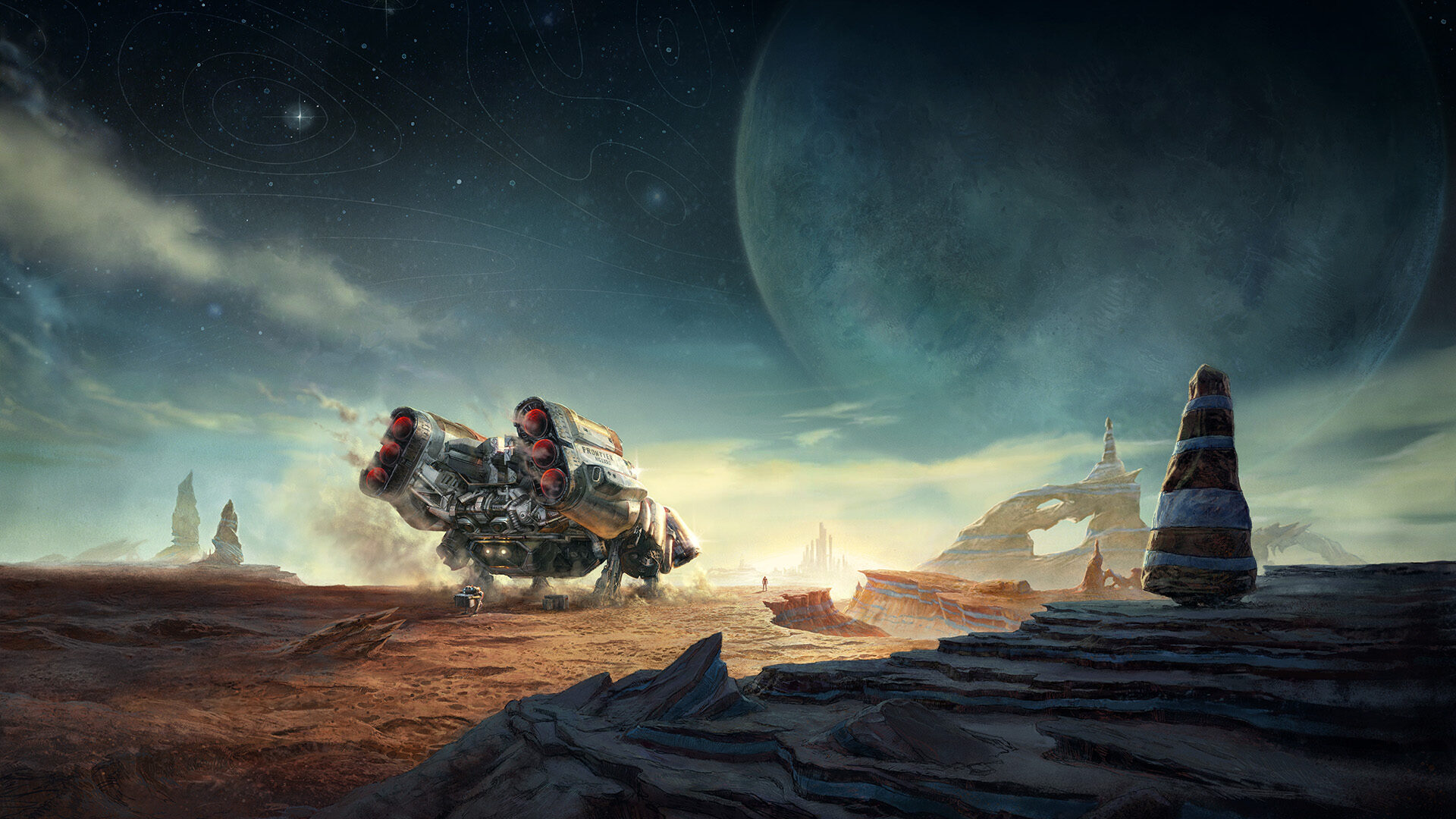How big of a deal is Starfield?
Well, the last time the team at Bethesda Game Studios launched an original role-playing universe, you couldn’t use the phone and the internet at the same time, “The Sign” by Ace of Base was at the top of the Billboard Charts, and Timothée Chalamet was negative one years old. Technically speaking, “Bethesda Game Studios” didn’t actually even exist, as it hadn’t yet been spun out from Bethesda Softworks.
That universe was, of course, The Elder Scrolls, now one of the best-selling and acclaimed fantasy RPG franchises of all time. And though the same team is also behind the recent Fallout games, Bethesda didn’t originally create that series or its post-apocalyptic setting.
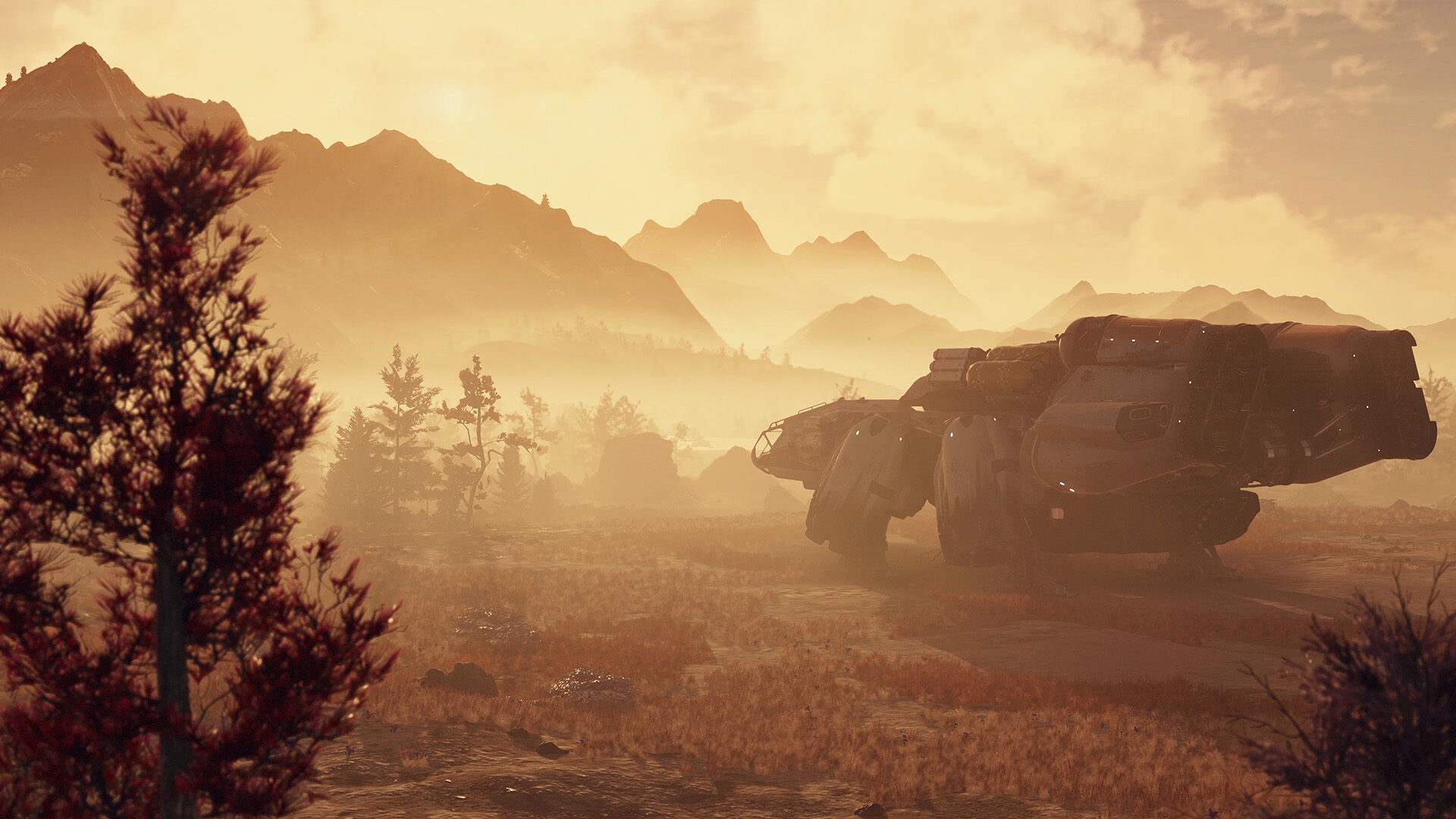
So if we’re being sticklers, Starfield is only Bethesda Game Studios’ second crack at building an original RPG world. Actually, it might be even more accurate to say worlds, plural. The spacefaring science-fiction adventure, set in the 24th century, actually features more than 1,000 distinct worlds to explore, built through a mix of handcrafted design and procedural generation informed by real-life scientific data. Add to that the vastness of space connecting it all—the so-called Settled Systems stretch about 50 light years outward from Earth—and the ships and space stations scattered throughout, and you’re left with what might be the most ambitious setting ever attempted in a game of this type.
Of course, any quest that takes you across such vast distances must feel equally epic. Starfield’s solution is diving into one of the biggest mysteries of space travel: Are we alone in the universe? You play as a new recruit to Argos Extractors, a space mining corporation. When you stumble upon what seems to be an alien artifact, you catch the attention of Constellation, a small group of explorers dedicated to unraveling the mysteries of the universe. As the newest Constellation recruit, it’s up to you to follow the trail of those artifacts and their mysterious power, wherever, and to whatever answers, it leads you.
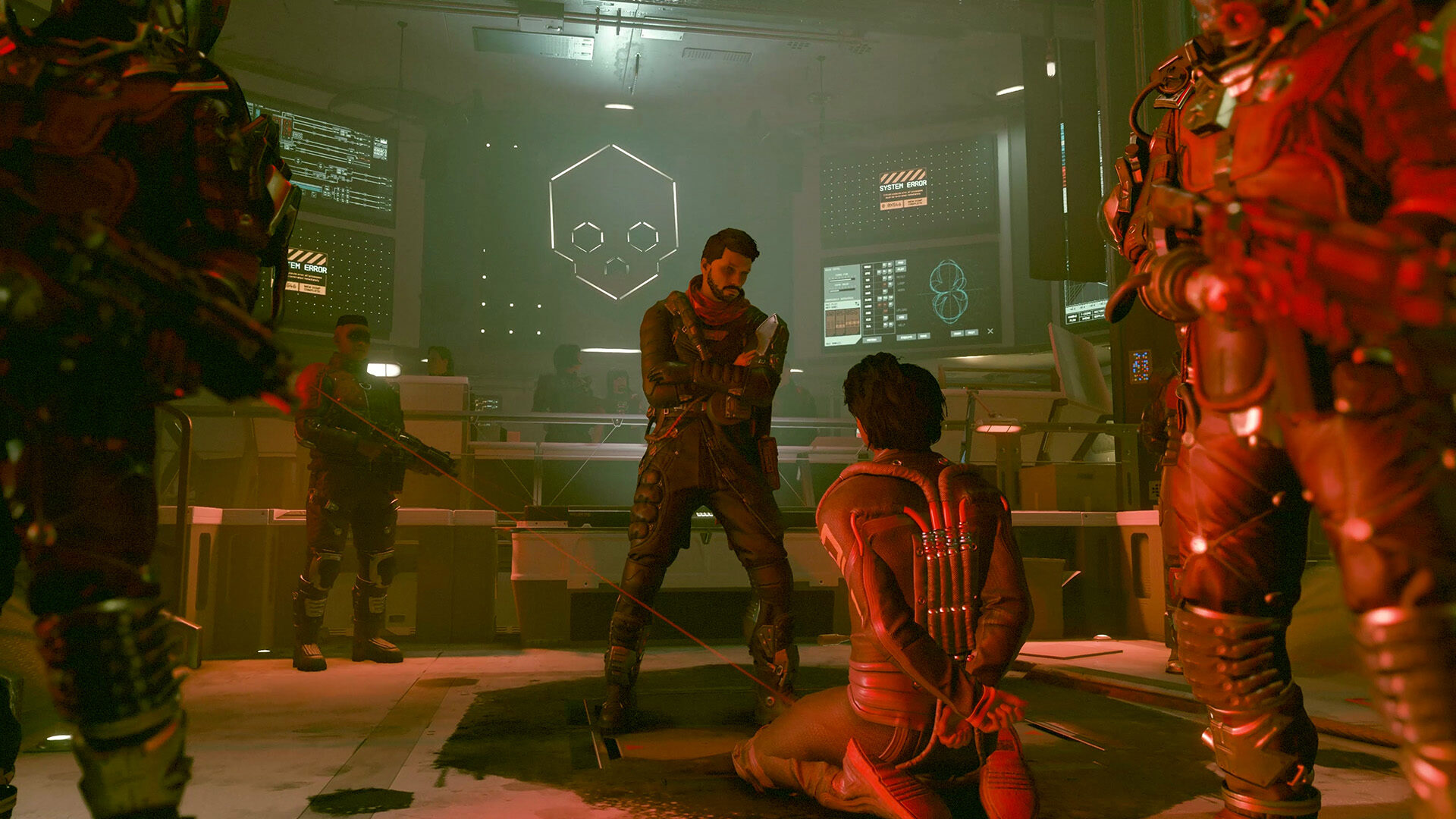
Then again, Bethesda RPG fans are already well aware that the main quest is just the beginning. While exploring the universe, you’ll encounter dozens of other side stories, large and small. Expect to find yourself wrapped up in plenty of intrigue between the major factions, like the formerly warring United Colonies and Freestar Collective, the Crimson Fleet pirate armada, and megacorporations like Ryujin Industries.
At the heart of it all is the personal journey of the hero you create and level up throughout the course of the game. With five skill trees, over 80 distinct skills, and four different ranks per skill, players will have a ton of options when deciding what proficiencies to focus on. Maybe you want to go into every situation with your laser guns and jetpack blazing. Maybe you want to take a more social approach, focused on intimidation or bluffing your way out of trouble. Maybe you’re all about stealth, sneaking around for surprise kills and pickpocketing unsuspecting victims. Or maybe you want to focus on science and technology, hacking doors with ease and taming alien wildlife to fight for you. The freedom-first approach that has made Bethesda Game Studios so beloved among RPG fans is alive and well in Starfield, just hadron-smashed together with all the things we love about science fiction, too.
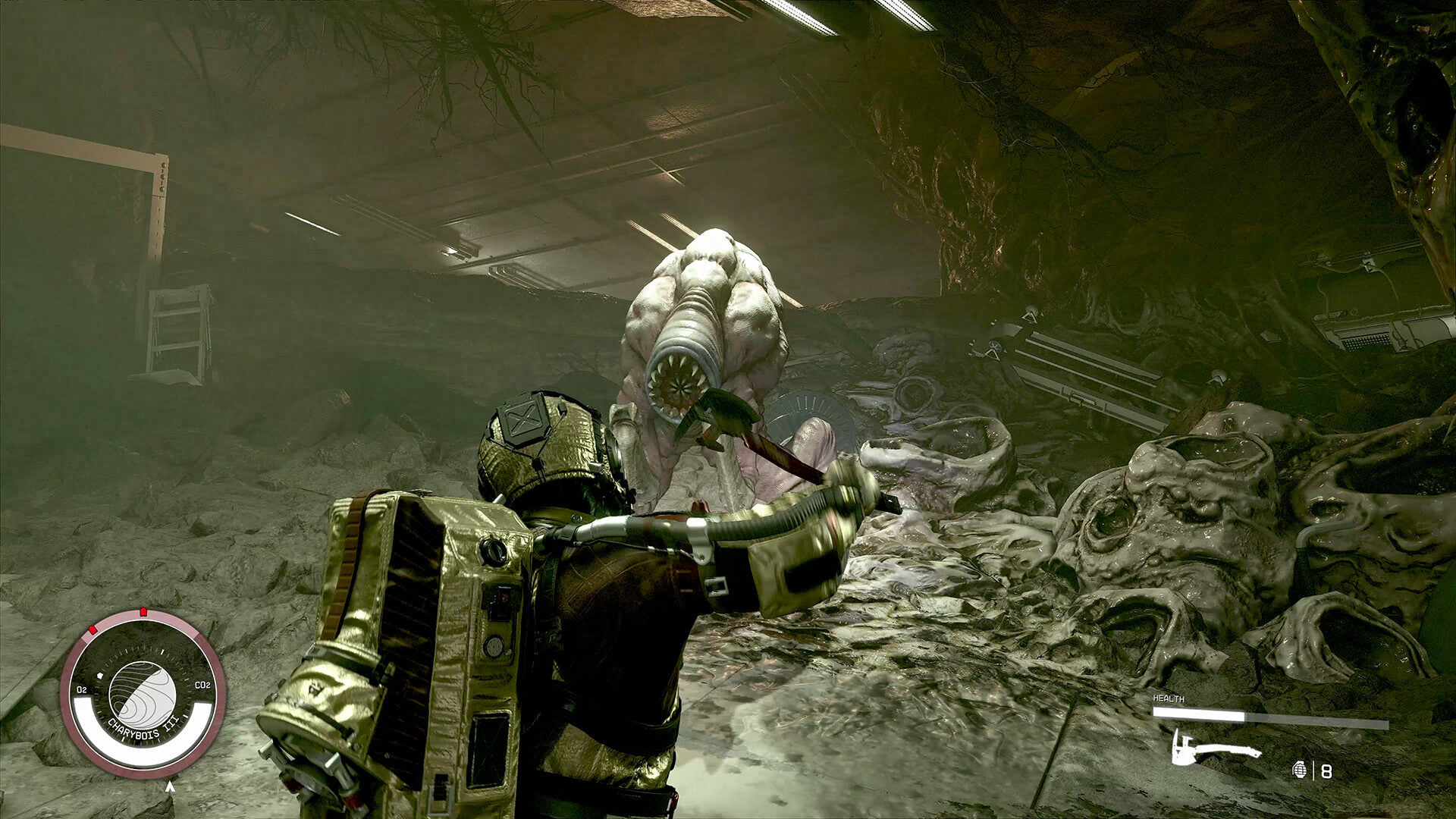
And one of the most compelling things about Starfield’s approach to sci-fi is how Bethesda is using the breadth of the Settled Systems to explore so many different traditions and aesthetics from within the genre. We’ve seen settlements that look plucked from the glittering, immaculate future of Star Trek and neon-soaked cyberpunk metropolises à la Blade Runner, but also dusty frontier worlds that look fresh out of a Firefly-style space Western and mining colonies with grungy tech that would be right at home in Alien. Rather than picking a single flavor of science fiction, Starfield looks to offer a whole buffet, a smorgasbord of places to go and things to do with something to satisfy every kind of sci-fi fan.
While such an expansive approach to the genre might run the risk of feeling disjointed, there is a unifying design sensibility tying it all together, something Bethesda calls “NASA Punk.” The technology you’ll encounter in Starfield may be more advanced than anything we have today, but it all feels visually grounded in the principles we’ve been using to explore space for decades—think physical switches, hydraulics, and chunky, sturdy-looking panels.
There’s perhaps no better example of this approach than VASCO, the long-limbed robot crew member who’s become something of the game’s unofficial mascot. Is NASA about to build a humanoid robot equipped with laser weapons? Probably not, but if they did, we imagine it’d look a lot like VASCO.
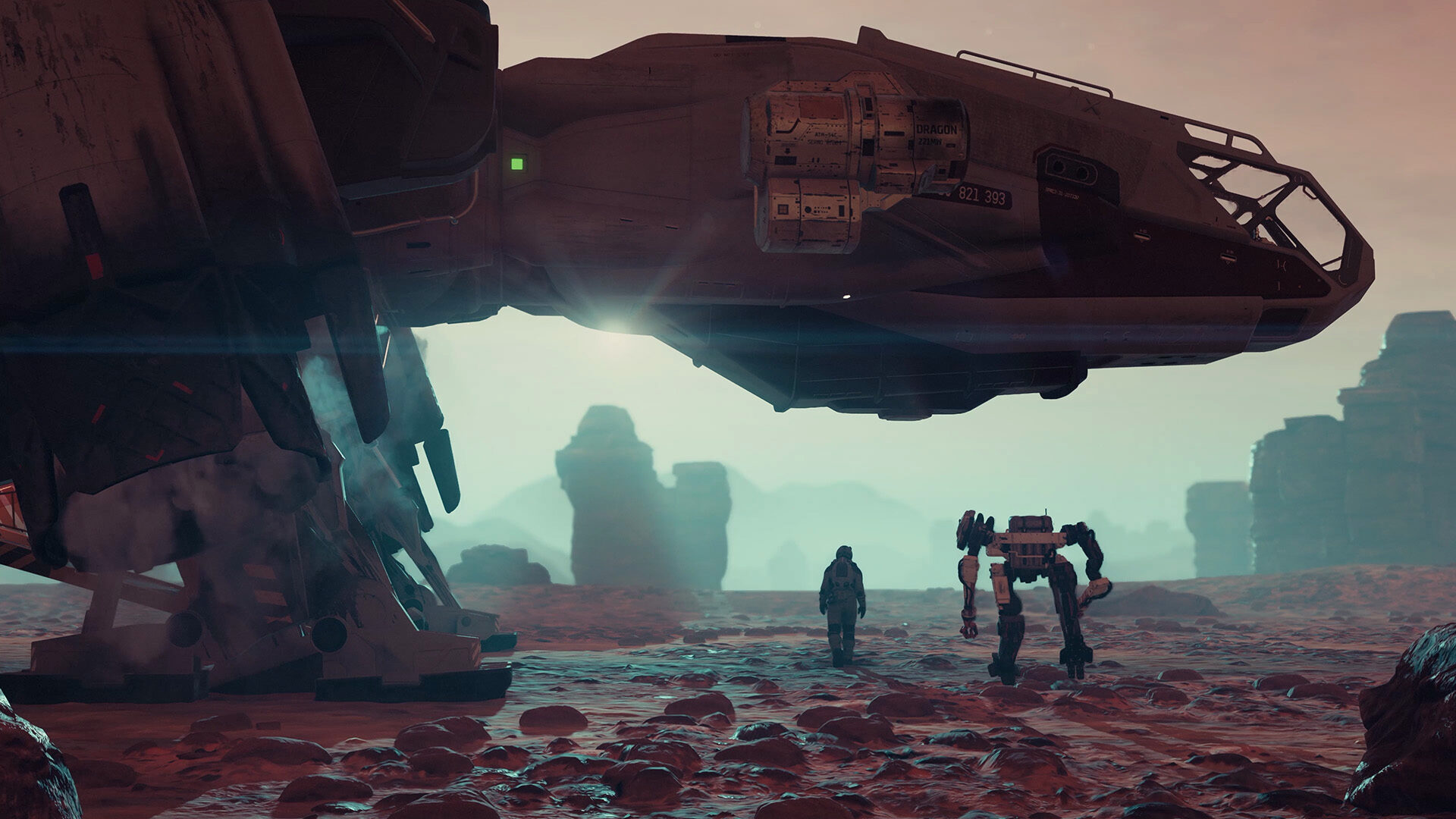
Alongside VASCO, you’ll be able to recruit characters you encounter out into the world to work aboard your ships, accompany you on missions, or even staff the bases you leave behind throughout the galaxy, allowing you to collect resources even when you’re away. A handful of these crew members are fully fledged companions, with their own dedicated quest lines to complete. From what we’ve learned so far, the closest allies on your journey will be the other members of Constellation, including its leader, former soldier Sarah Morgan, and Sam Coe, a space cowboy with family ties to the Freestar Collective. Like previous Bethesda RPGs, who you bring along can have a big impact on how the story unfolds. In Starfield, on occasion you’ll even be able to ask your companions to speak for you. Maybe they’ve got an expertise you don’t to help get you out of a jam.
In truth, Bethesda Game Studios has put so much effort into making Starfield a sprawling space epic that we don’t have the space to tackle every exciting detail in these pages. We haven’t even touched on the robust space combat, which lets you redirect power between your ship’s shields, weapons, engines, and other subsystems during a fight. We haven’t talked about space piracy (you can actually board ships you encounter and steal their cargo—or the whole darn ship), or surveying (you can catalog the alien wildlife and plants in each system), or how the different atmospheres and gravities of planets will make them feel distinct, or the mysterious looking, seemingly supernatural abilities that may or may not be tied to your search for intelligent alien life, or—
Well, let’s just say we don’t even have room to write the list of things we don’t have room to write about.
Much like there are diehard fans still playing the most recent Elder Scrolls and Fallout games years after launch, Starfield is shaping up to be the sort of adventure you can lose yourself in again and again. The best Bethesda RPGs make it feel like you could play for thousands of hours and still discover something you’ve never seen before. With the expansive scope and depth of Starfield, that sentiment might be more literally true than ever.
